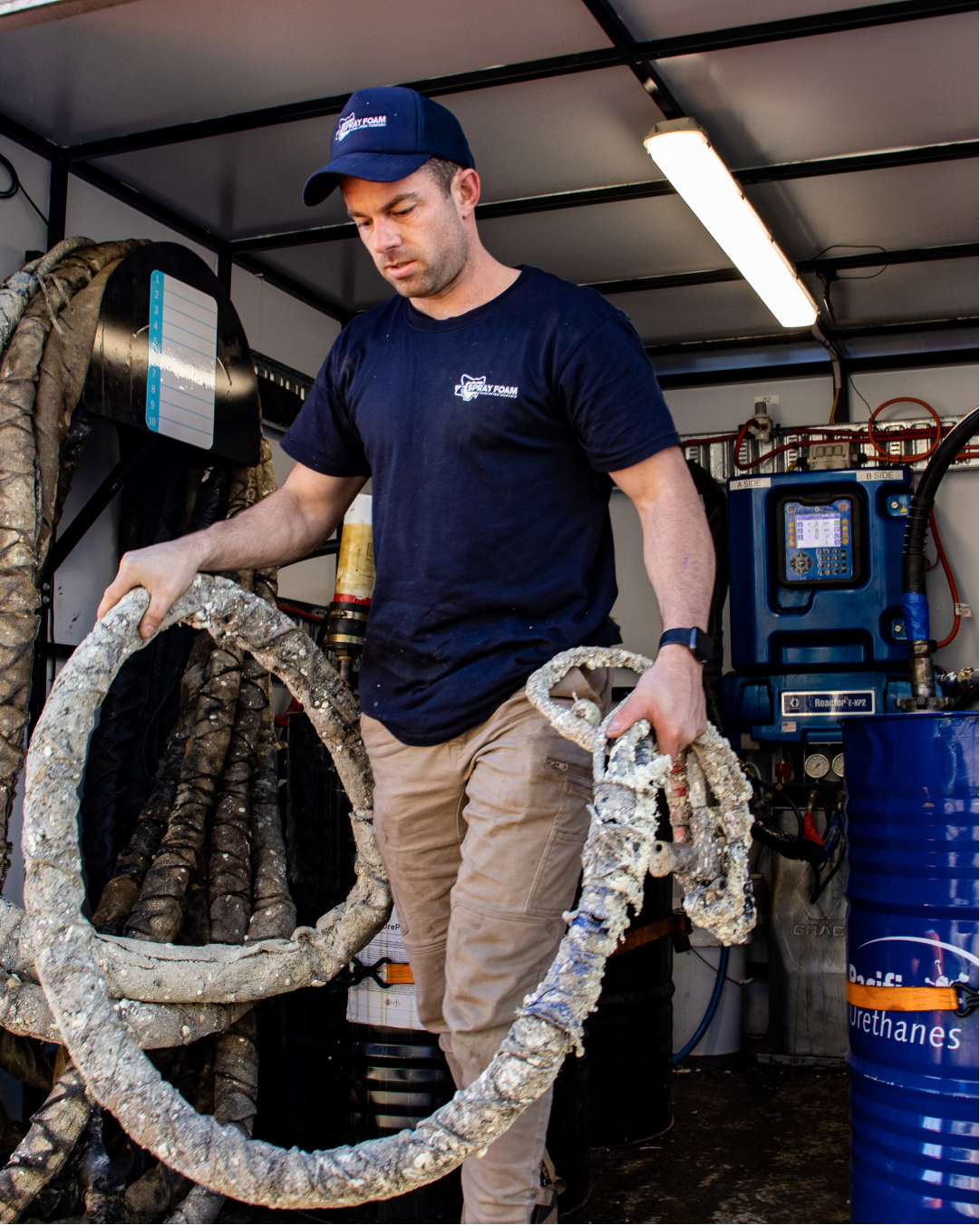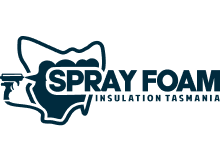The Safety of Spray Foam
There’s a range of circulating opinions online about spray foam, and in some instances, it has a negative reputation. While some cynics of spray foam may have a point (to a degree) important to consider context and how these opinions may have circulated. We do a deep dive into the safety of spray foam so you can be informed of the potential complications that may arise when insulating your home or business.

Why the Negativity?
Off-gassing
If you’ve done any research on the safety of spray foam, it’s a guarantee you have heard the term off-gassing. So what is it? Off-gassing is a term used to describe the release of VOCs or volatile organic compounds. Long-term and even short-term exposure to VOCs can cause potential health issues, so avoiding exposure is ideal.
Does spray foam off-gas and produce VOCs? The short answer is yes, but the amount of off-gassing depends entirely on the spray foam quality and how well it’s installed. Over-the-counter spray foam or cheaper, lower-quality forms of foam produce high amounts of VOCs, meaning off-gassing can still be present even 48 hours after application. At Spray Foam Insulation Tasmania, we only purchase the highest quality, Australian-made, Australian-supplied, low-VOC foam for minimal off-gassing and your peace of mind. In addition, foam is applied using machinery from the Graco Reactor range, which precisely mixes chemicals to maximise low VOC foam production for your safety. The Graco has even been calibrated to refuse to release spray foam unless chemicals are mixed to the perfect ratio and in conjunction with Australian manufacturer’s standards and requirements. This ensures that all possible safety precautions are taken before the foam is applied.
Environmental Impacts
When spray foam began to gain popularity in the 1980s, its formula completely differed from what it is today. Before the mid-90s, spray foam was made with Hydrofluro Carbons (HFC’s) as the blowing agent. A blowing agent gives spray foam its porous structure, allowing it to provide thermal resistance while still facilitating small amounts of air to transfer across its structure. HFCs deplete the ozone layer, greatly contributing to global warming.
Current closed-cell spray foam insulation forms are only made with hydrofluoroolefin (HFO) as the blowing agent. HFO has an excellent global warming potential score (GWP) of 1. GWP is a metric used to describe a chemical’s impact on the environment. With a GWP score of about a thousand, closed-cell spray foam that was once utilised in the 80s that used HFCs as the blowing agent had a terrible reputation for their environmental impact.
In addition, open-cell spray foam currently utilised today uses water as its blowing agent, making it even more environmentally friendly than closed-cell spray foam. As an aside, the ability of spray foam insulation to reduce energy bills and minimise heat loss drastically outweighs the negative impact on the environment.

DIY
You may also find online that spray foam can damage a home. While this is true, this only happens when installed incorrectly. Googling spray foam, you’ll find a range of options to entice enthusiastic DIY home renovators. Unfortunately, this is a surefire way to damage your home.
When added to a surface, spray foam will expand up to 100 times its size. If misapplied, the foam is not provided with enough space to expand, placing enormous pressure on beams and likely leading to structural damage to your home. As Energy Efficiency Council Members, our team has been trained on how to efficiently and safely apply spray foam to industry standards to ensure our client’s safety.
Another potential complication of DIY spray foaming your home is a fire risk. When working with insulation around any cables, they must have enough room to dissipate heat. If not, the wires can heat up and cause a house fire. By law, all insulation projects must first be assessed by an expert Electrician to ensure the safety of occupants. That’s why all Spray Foam Insulation Tasmania team members are certified Electrical Contractors.
Trust the Experts
DIY accidents and misinformation have, unfortunately, given spray foam a somewhat negative reputation. While adding spray foam to your home can come with some risks, these are completely mitigated when installed by an expert team with the latest technology and the best quality spray foam. If you’re looking for a team of insulation specialists, get in touch with one of our friendly staff members at Spray Foam Insulation Tasmania to increase the thermal efficiency of your home.

